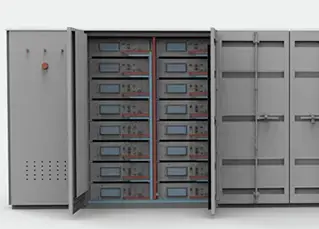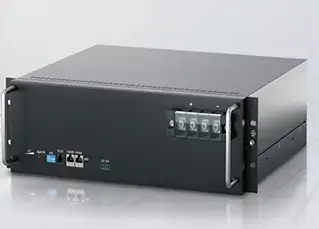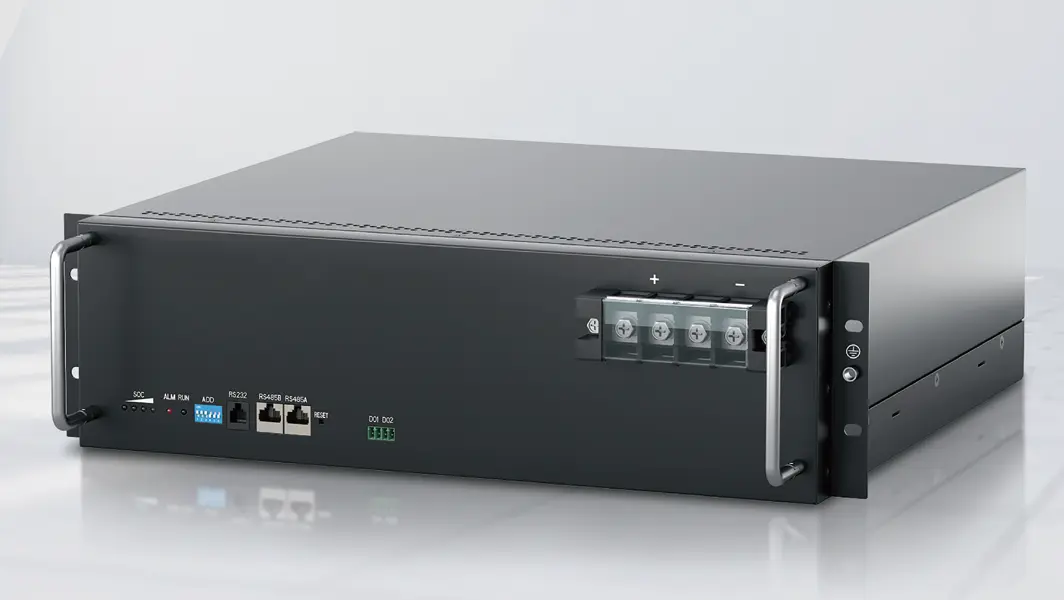Applications and Challenges of Stationary Storage Battery Systems in Grid-Scale Storage
With the transformation of the global energy structure and the rapid development of renewable energy, stationary storage battery systems have become a cornerstone technology for grid-scale energy storage in the quest for sustainable energy infrastructure. Grid-scale energy storage technologies have also become key to balancing supply and demand, improving grid stability and reliability. Stationary storage battery systems, as one of the main solutions for grid-scale energy storage, are facing unprecedented opportunities and challenges for energy storage system manufacturers.
The Role of Stationary Storage Battery Systems
Stationary storage battery system typically refers to the large battery system installed in fixed locations to store electrical energy. This utility scale BESS can store energy when power demand is low and release energy during peak periods, optimizing grid operations and improving energy utilization efficiency.
Application Scenarios for Stationary Battery Storage
Peak Shaving and Load Shifting: During high demand periods, electricity prices soar, and the grid is under tremendous pressure. Stationary storage battery systems can perform peak shaving by releasing stored energy during these times, thereby reducing grid load and associated costs. They store electrical energy when demand is low and release it during peak times to balance the grid load.
Renewable Energy Integration: Stationary battery storage addresses the intermittency and instability issues of renewable energy sources such as wind and solar power by storing excess energy produced during peak production times and releasing it when production is low or demand is high.
Emergency Backup Power: In the face of natural disasters or unexpected power outages, this BESS wholesale can provide crucial backup power, offering emergency electricity support during grid failures or unexpected outages.
Regional Grid Regulation: Enhancing the frequency regulation capability and voltage support of regional grids.
Challenges Faced
Cost-Effectiveness: The initial investment for stationary energy storage systems is substantial, including the cost of the batteries themselves and related infrastructure and integration expenses. Achieving a balance of cost-effectiveness is key to widespread adoption.
Safety Management: Large-scale battery storage systems pose safety risks, including thermal runaway and battery aging issues, requiring strict safety measures and monitoring systems to prevent accidents.
Environmental Impact: The production and disposal of batteries have potential environmental impacts, necessitating consideration of the full lifecycle environmental assessment.
Stationary storage battery systems play a crucial role in grid-scale energy storage. They can enhance grid stability, integrate renewable energy, and improve energy efficiency, making them an essential part of the modern energy landscape. Through ongoing technological research and development, cost control, and safety management, stationary storage battery systems are poised to become an indispensable part of future grids, contributing significantly to building a sustainable, stable, and intelligent energy system.





 EN
EN
 fr
fr  de
de  es
es 


